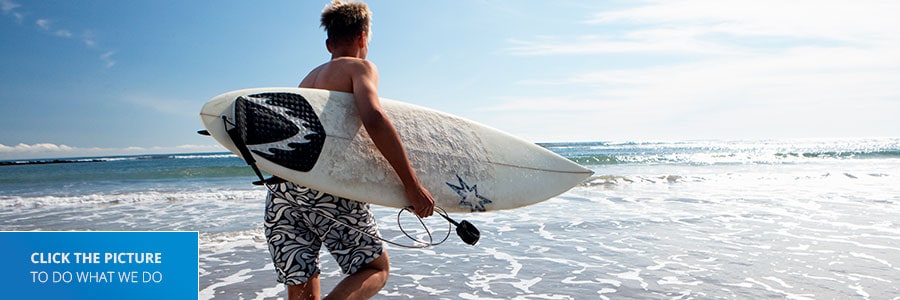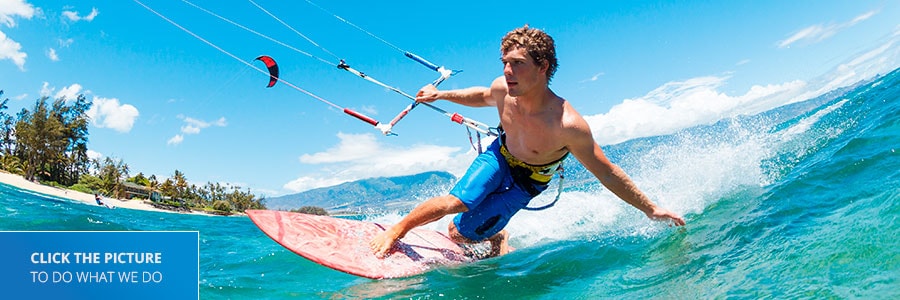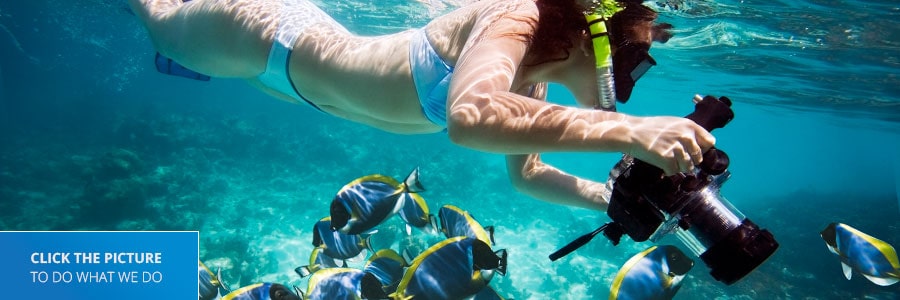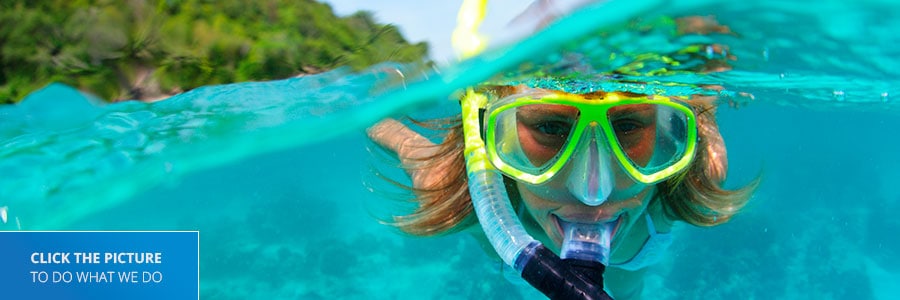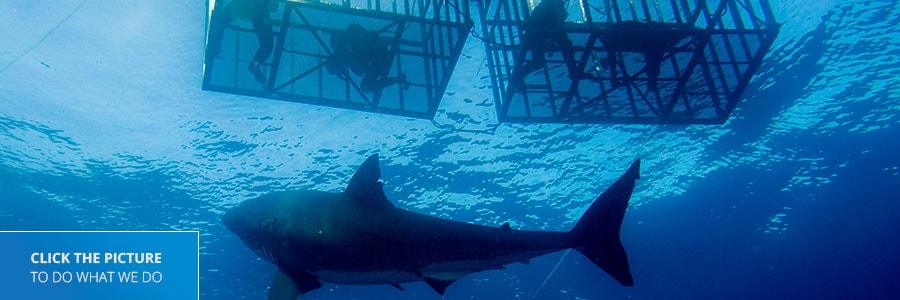People often wonder how this long abandoned World War II defense got the name Diamond Head. Unfortunately, most don’t realize that Diamond Head’s real name is Lē‘ahi.
There are a number of legends pointing to the naming of Lē‘ahi. One popular version says that Hi‘iaka, sister of the fire goddess Pelé, was responsible for naming this volcanic tuff cone. She believed that Diamond Head’s summit resembled the forehead (lae in Hawaiian) of the ahi fish (a tuna fish found in the Hawaiian waters).
Lē‘ahi is also translated to mean “fire headland” or “ring of fire”. This translation refers to the navigational fires that were lit to assist the Polynesians traveling in outrigger canoes north from other Pacific islands. The native Hawaiians built five temples (heiaus) out of lava rocks, each with a fire burning inside to help guide the canoes that were traveling along the shoreline.
At the summit was a special heiau, dedicated to Tawhiri, the god of the wind. Human sacrifices were often performed here in hopes to please Tawhiri and receive protection against strong updrafts that could put out the navigational fires. Today, the Diamond Head Lighthouse, built in 1917, continues to provide a visual aid for navigation.

In the late 1700’s, British sailors and traders visited Lē‘ahi. They mistakenly took the calcite crystals in the rocks on the slope of the crater for diamonds. Thus, Lē‘ahi s’ name was changed forever and this is how one of Hawaii’s most famous landmarks came to be known as Diamond Head.
The iconic profile of Diamond Head sits prominently along the Honolulu skyline; Waikiki and downtown Honolulu stretch to the west. Koko Head rises majestically on the east with the blue Pacific Ocean sparkling in the sun of the tropics beneath Looking to the northeast behind the crater you can see the deeply fluted cliffs of the Ko`olau Mountains.

This 760-foot tuff crater was formed about 300,000 years ago during a single, explosive eruption. A rock called tuff was formed when the ash and fine particles from the explosion settled and cemented together to create the crater. It was designated a National Natural Landmark in 1968 as an excellent example of a tuff cone.
Today, Diamond Head is an icon that symbolizes Hawai’i – known for its military history, historic hiking trail and stunning coastal views; Diamond Head, along with the interior and outer slopes of the crater encompasses over 475 acres.
The Federal Government purchased Diamond Head in 1904 and it was designated for military use. Its summit, provided an ideal site for the coastal defense of O‘ahu. An entry tunnel through the north wall of the crater from Fort Ruger (known as the Kapahulu Tunnel) was constructed in 1908 and five batteries were built to house the coastal artillery. Hawaii State Civil Defense still operates out of a bunker in the north wall of the crater.

While the 0.8 mile hike from trailhead to the summit is considered steep and strenuous, gaining 560 feet as it ascends from the crater floor, the glimpses of long-abandoned World War II defenses and the picture perfect view of the shoreline from Koko Head to Wai’anae is stunning. You’ll see bunkers and a huge navigational lighthouse built in 1917 at the summit. Bring a flashlight, as it can get very dark inside the command posts and pillboxes.

Useful Information:
Open daily from 6:00 a.m. to 6:00 p.m. every day of the year including holidays. Allow at least two hours to complete the hike.
The last entrance to hike the trail is at 4:30 p.m. The gates are locked at 6:00 p.m. daily and all visitors must be out of the park by this time. Visit the trail as part of your Oahu tour.
Entrance Fee: $5.00 per car or $1.00 per person for pedestrians. CASH ONLY.
